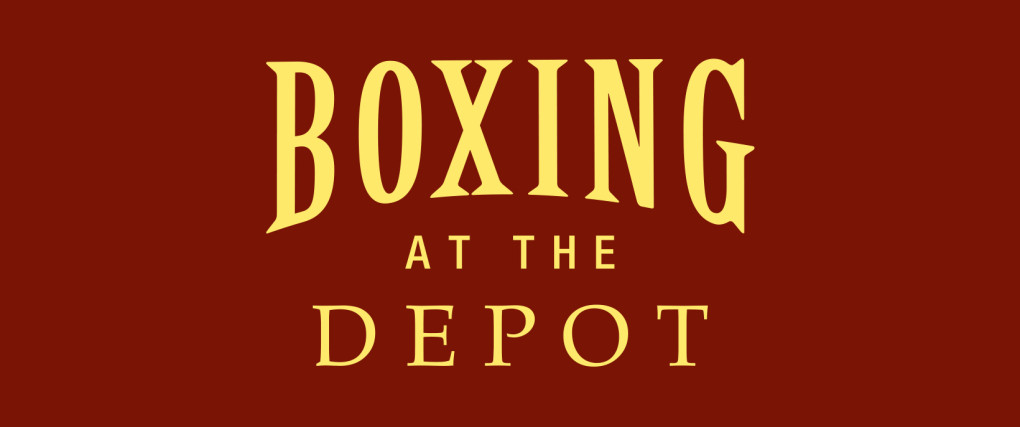In bullfighting, a matador entices a bull to charge and attack while disguising a sword behind a cape. As the bull rushes, the matador steps, pivots, and stabs the bull as it passes. In the initial passes, the matador collects data about the behavior of the bull — the range of the sword strike, the speed and timing of the incoming attacks, and where to step to maintain balance. If one of these is miscalculated, the matador is hit by the bull. In boxing, the check-hook is a technique similar to the techniques used by matadors on bulls. It can be used against pressure fighters, brawlers, and rushing opponents that attack in straight lines.
A check-hook combines offense and defense. Simply put, a check-hook is a lead hook with evasive footwork. For this punch, evasive footwork means a pivot on the lead foot or a small side-step followed by a pivot. To correctly execute this maneuver, the boxer needs to know their range, time their opponent, and maintain balance.
Range.
A check-hook relies on the boxer staying just outside of their opponent’s range. This range might be just outside their punches, enticing them to continue the offensive attack. Besides enticing the opponent, the boxer needs to know his range to land the check-hook. The boxer should know the range of his long hook and short hook.
There is a relationship between the power of a lead hook and distance from the body. A long hook is less powerful with less defensive risks while the short hook is more powerful with more defensive risks. This means that you are more likely to be punched by throwing a shorter hook. The reward for this risk is that you can land a more powerful punch. Both hooks can be used as check-hooks, but they serve different purposes in the fight. Moreover, a good boxer will use a long lead hook to setup a short lead hook and vice-versa. By changing the range, the boxer has more opportunities to confuse and time the opponent. At Boxing at the Depot, the trainers will teach you range for hooks using focus mitts, punch shields, slip bag drills, and bags.
Timing.
In boxing, timing is knowing when to do something. The boxer must know their capabilities and must learn the capabilities of the opponent — this informs the boxer on when to do something. Learning the tendencies of an opponent includes knowing when and how the opponent is likely to attack. This includes things like the speed of their punches and their predictable footwork patterns or feints. While speed can win a fight, timing can be used to neutralize speed (see Pac-Man v. Marquez IV; Duran v. Leonard; Chavez v. Taylor; Garcia v. Kahn; Cotto v. Mosley; etc.). Speed does not matter when the opponent already knows what you are going to do.
A check-hook relies on the boxer understanding the timing of the opponent. By knowing when and how the opponent is going to attack, the check-hook can be thrown to disrupt an attack and stall an opponent’s momentum. Sometimes it ends the fight (see Mayweather v. Hatton). It also creates doubt and is useful for breaking the opponent down mentally. At Boxing at the Depot, the trainers teach timing in a number of ways. Bags can only teach timing so well. A better way to learn timing is through regular controlled sparring with many different styles of boxers. This type of sparring is a staple of Boxing at the Depot’s competitive boxing classes and what differentiates our gym from overpriced, wannabe, bag-beater chains!
Balance.
A boxer must maintain balance to throw a check-hook. If the boxer is unable to maintain balance after throwing a lead hook, the boxer will be unable to complete the footwork necessary to evade their opponent. The boxer needs to practice punching on balance and pivoting on balance. If done correctly, the boxer will complete the check-hook in a position that not only makes the opponent miss, but also provides a split-second to put a combination of punches together from an advantageous angle. At Boxing at the Depot, the trainers constantly teach the fundamentals of balance and footwork. Every workout includes several rounds of effective balance and footwork developing drills.
The check-hook is an important punch for all boxers to learn. It epitomizes the hit and not be hit mantra of high level boxing. Join me next time as I discuss the art of the shoe-shine!
What are other ways a boxer can neutralize aggressive opponents?


Hi my name is Sandra and I just wanted to drop you a quick note here and say keep up the good work!
they teach the check-hook up in the detroit gyms
Wow, this post is good, my younger sister is analyzing these things.
Highly descriptive blog, I enjoyed that a lot. Will there be a part 2?|
Hello there, You’ve done a great job. I will certainly digg it and personally suggest to my friends. I’m confident they’ll be benefited from this web site.
After research a couple of of the blog posts on your web site now, and I really like your means of blogging. I bookmarked it to my bookmark website checklist and can be checking again soon.
I have read in detail loads of websites together with read and studied some, your’s is definitely fantastic. Caps off for a grit in addition to frankness.
I just want to mention I am just very new to weblog and really savored this website. Probably I’m want to bookmark your blog post . You certainly have fabulous well written articles. Cheers for sharing your web site.
I read through this article completely concerning the resemblance of hottest and preceding technologies, it’s amazing article.
I am really grateful to the holder of the website having shared this impressive part of writing at at the
place.
Awesome article.
Great post.
This article made my neighbor’s double chin jiggle.